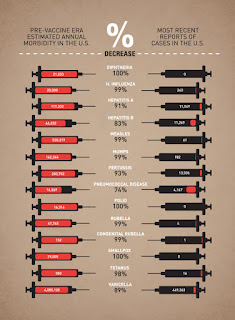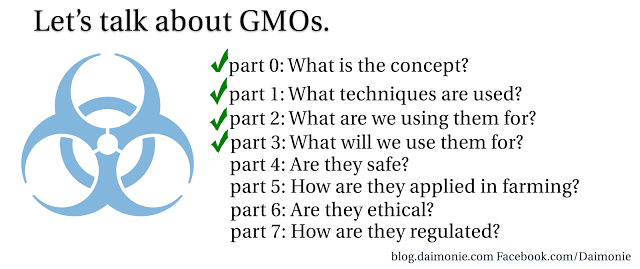A reply to "Open letter ...to the WHO on the issue of vaccine safety"

A reply to "Open letter ...to the WHO on the issue of vaccine safety" Infographic source: Leon Farrant In a Dutch Facebook group titled "To Vaccinate: Yes or No?" (literal translation), someone posted this "Open letter to the WHO on the issue of vaccine safety", asking us what questions we think should have priority. A number of members were quick to comment that it's unclear what questions she means, calling it a bit of a word salad. I'd like to take you through the open letter, posted by the European Forum for Vaccine Vigilance (EFVV) here . I'll try to provide both scientific papers and human-readable articles as sources and mark them as such. My response to the letter By sharing science and joining efforts towards better health, your organisation has improved the lives of millions of people, and we are grateful for this. Providing better nutrition, clean water, improved hygiene, and access to medical care, mortality an...

